When you picture a bird of prey, the first things that come to mind are likely sharp talons, an intimidating beak, and an impressive wingspan. But the Harpy Eagle, one of the most powerful and awe-inspiring birds on the planet, takes all of those features to a whole new level. With a striking appearance and a hunting prowess that puts even the most skilled predators to shame, this majestic creature has long captured the imaginations of nature lovers. Let’s dive into 10 mind-blowing facts about the Harpy Eagle that will leave you in awe of its power, beauty, and mystery.
1. The Largest Eagle in the World
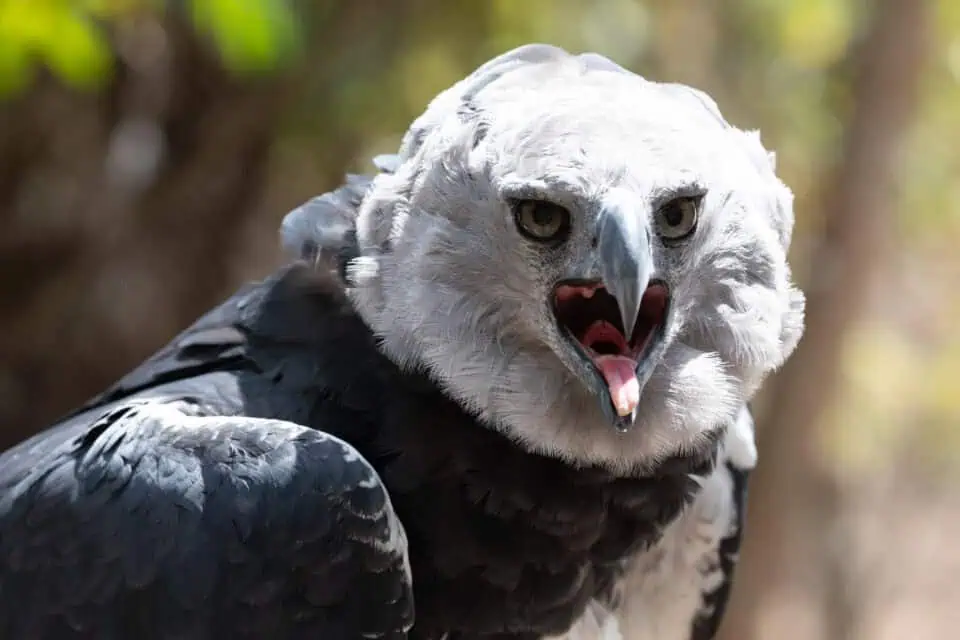
Standing nearly 3 feet tall and boasting a wingspan of up to 7.5 feet, the Harpy Eagle is the largest eagle in the world. To put that into perspective, it’s roughly the same size as a full-grown human, but with wings designed for flight and talons capable of capturing prey heavier than most other birds of prey can handle.
2. Powerhouse Talons: The Size of a Human Hand
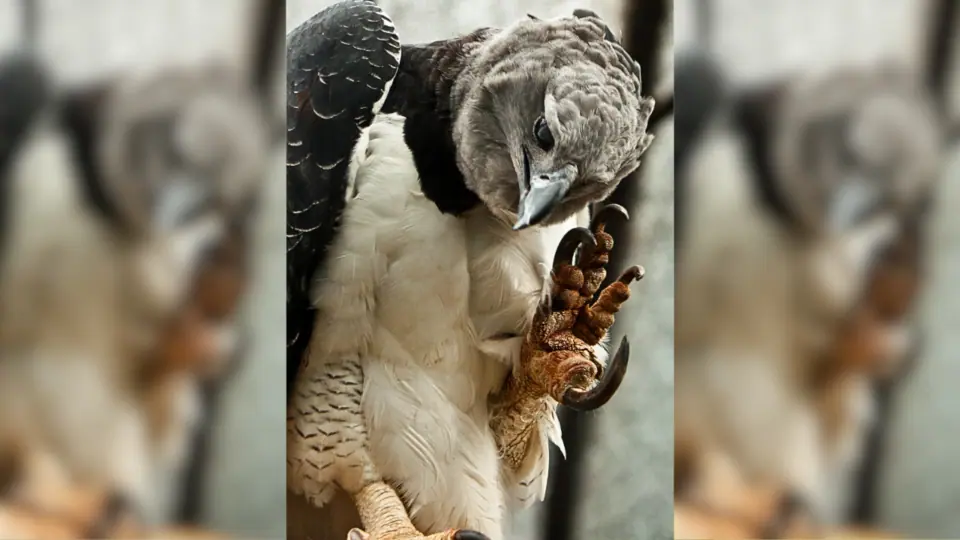
When you hear that an eagle’s talons are strong, it’s easy to imagine a sharp pinch. But the Harpy Eagle takes this to the extreme. Its talons up to 5 inches long, are as large as a grizzly bear’s claws and can crush the bones of its prey, often instantly killing them.. These massive claws allow the eagle to grab onto prey as large as monkeys, sloths, and even small deer, squeezing with such force that it can paralyze its catch in seconds.
3. A True Rainforest Dweller
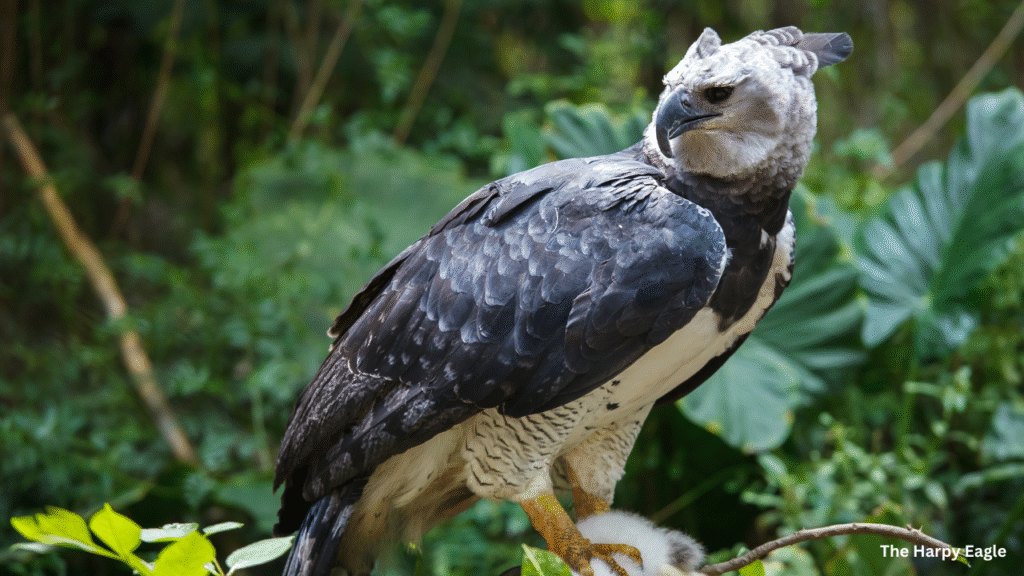
The Harpy Eagle calls the dense, humid rainforests of Central and South America its home. From southern Mexico to northern Argentina, this eagle thrives in the towering trees of the tropical rainforests, where it hunts high above the forest floor. The eagle’s ability to navigate through these thick canopies makes it one of the most impressive aerial hunters of its region.
4. The Harpy’s Diet: A Taste for Mammals and Birds
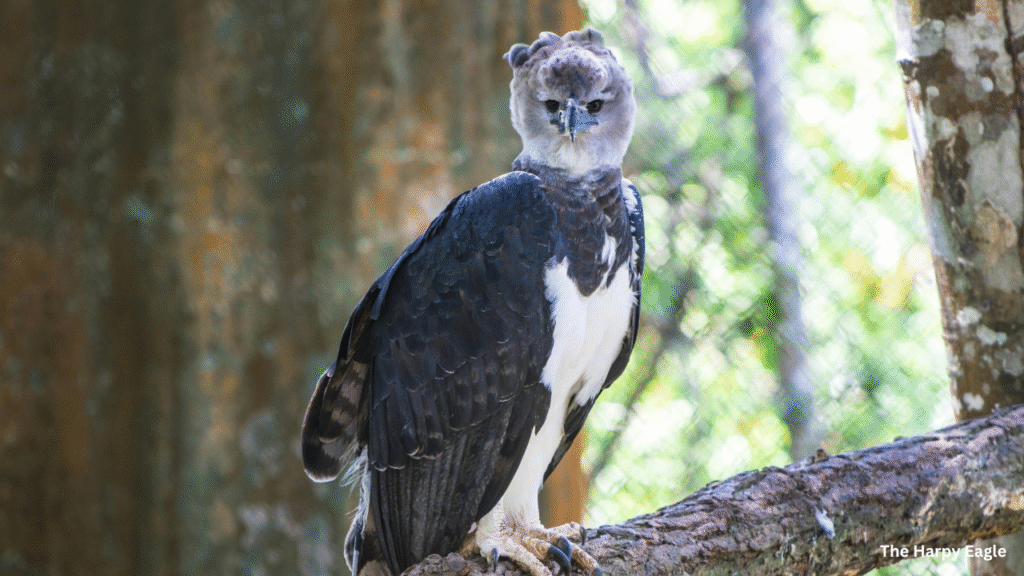
Unlike most eagles that primarily feed on fish, the Harpy Eagle prefers meatier prey. Its diet includes sloths, monkeys, and even medium-sized birds like toucans and parrots. The eagle’s sharp vision helps it spot these animals from great heights, while its powerful wings enable it to dive down into the forest to snatch them with incredible accuracy.
5. Fierce Protector of Its Territory
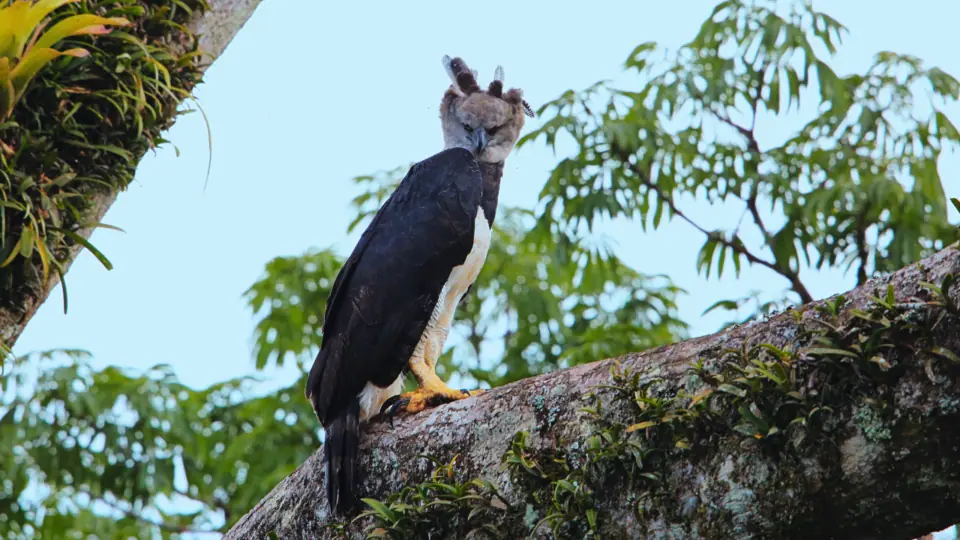
The Harpy Eagle is a territorial bird, and it does not take kindly to intruders. Known for its aggressive behavior, it fiercely defends its hunting grounds, often chasing off other large birds of prey, such as vultures or hawks, that dare to invade its domain. Its sharp calls can also act as a warning to other predators.
6. The Mysterious Crown of Feathers
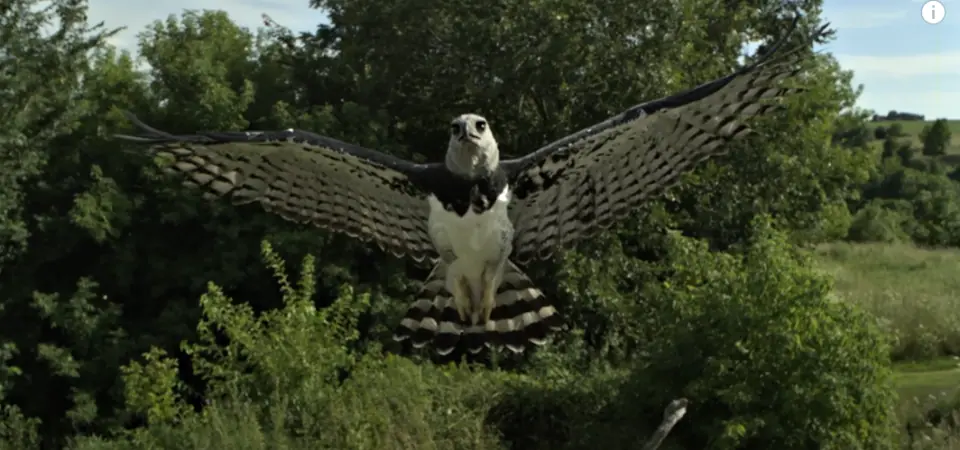
One of the most striking features of the Harpy Eagle is its crown of feathers, which can stand upright when it feels threatened or is trying to communicate. This distinctive look is part of what gives the Harpy its name. The crown, combined with its piercing eyes, adds to its almost mythical appearance, making it one of the most recognizable eagles in the world.
7. Slow Reproduction Rate
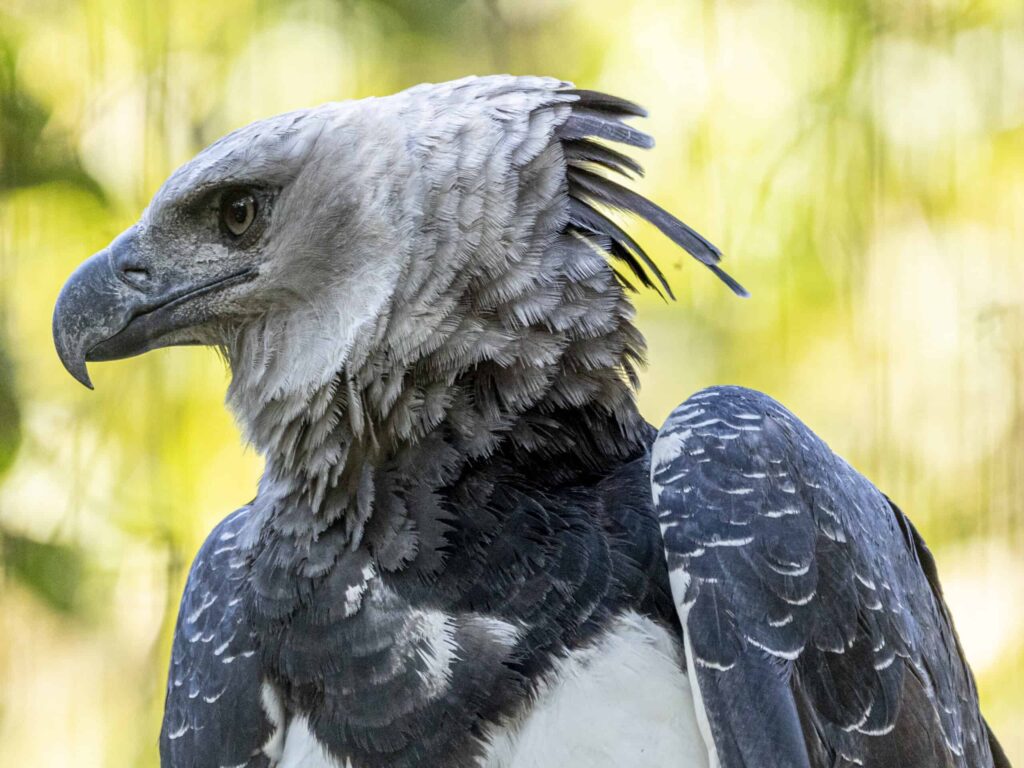
The Harpy Eagle has a relatively slow reproductive rate, with females typically laying only one egg every two to three years. This long gap between offspring is due to the intense care both parents provide to their young. The eaglets stay in the nest for several months before they’re ready to fledge, which means that it can take years before a new generation is ready to take flight.
8. Powerful Flight: A Silent Hunter
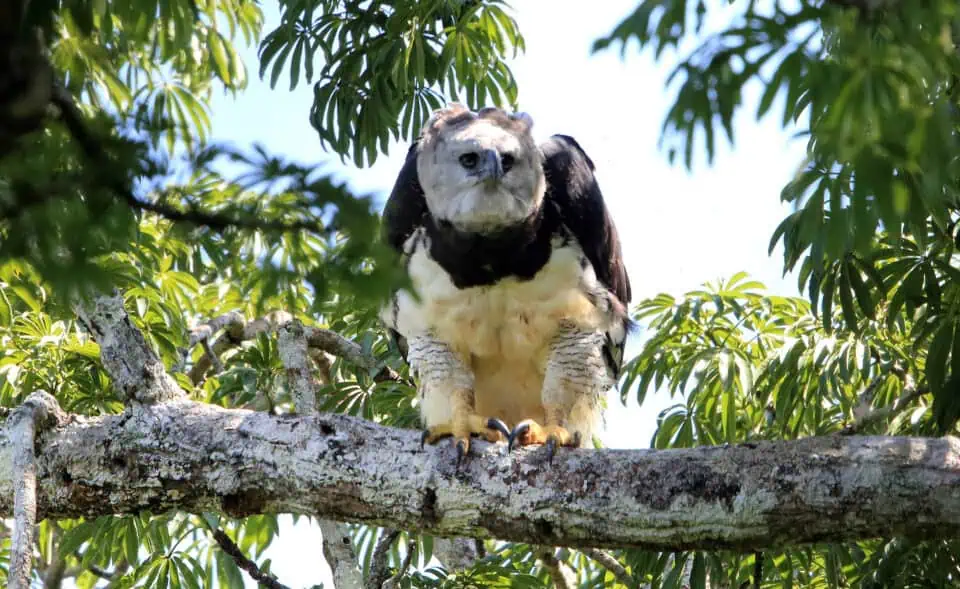
Despite its large size, the Harpy Eagle is an exceptional flier. It has strong wings that allow it to maneuver silently through the rainforest canopy. This stealthy flight is a key advantage in hunting, as it enables the eagle to approach its prey without giving away its position. Once it spots its target, the eagle can dive at incredible speeds, striking with precision. In fact, an adult harpy can fly at speed of 50mph especially when in predatory mode.
9. A Symbol of Power and Reverence
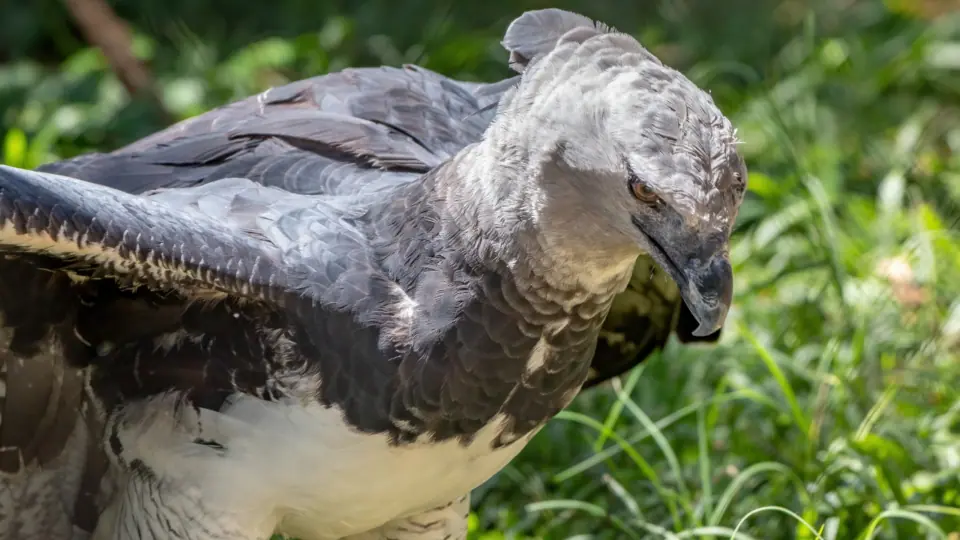
In many indigenous cultures across South America, the Harpy Eagle is seen as a symbol of power, strength, and protection. The bird’s majestic appearance and fierce hunting skills have earned it a place in various myths and legends. In some tribes, it is believed to be a messenger between the earthly and spiritual worlds, a revered creature that represents both the wild and the divine.
What many dont know is how the magical phoenix bird Fawkes from Harry Potter and the Order of the Phoenix was inspired by the Harpy.
10. The Harpy’s Struggle for Survival
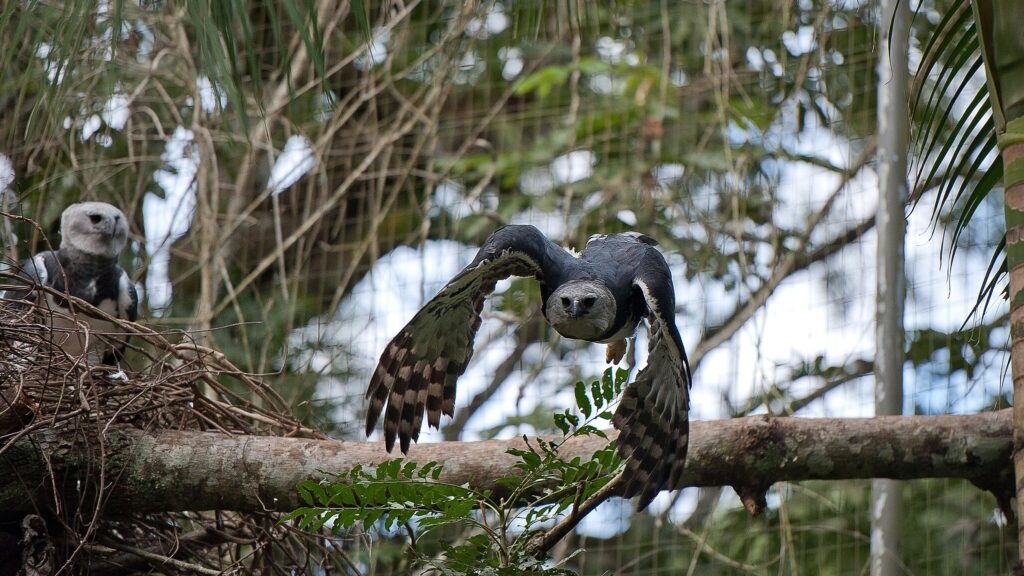
Sadly, despite its status as one of the most impressive predators in the animal kingdom, the Harpy Eagle is currently listed as near-threatened. Deforestation, illegal hunting, and habitat destruction have dramatically reduced its population in the wild. As the rainforests continue to shrink, conservation efforts have become critical to ensure the survival of this magnificent eagle.
A True Marvel of Nature

The Harpy Eagle is not just a bird; it’s a living testament to the wonders of nature. Its immense strength, majestic appearance, and role as a top predator make it one of the most fascinating creatures on the planet. However, its struggle for survival reminds us of the fragile balance that exists in the natural world and the urgent need for conservation efforts to protect such incredible species.
If you ever have the chance to see one of these majestic creatures in the wild, consider yourself incredibly lucky. And if you’re not, knowing these fascinating facts about the Harpy Eagle can still bring you closer to understanding the true marvels of the natural world!
